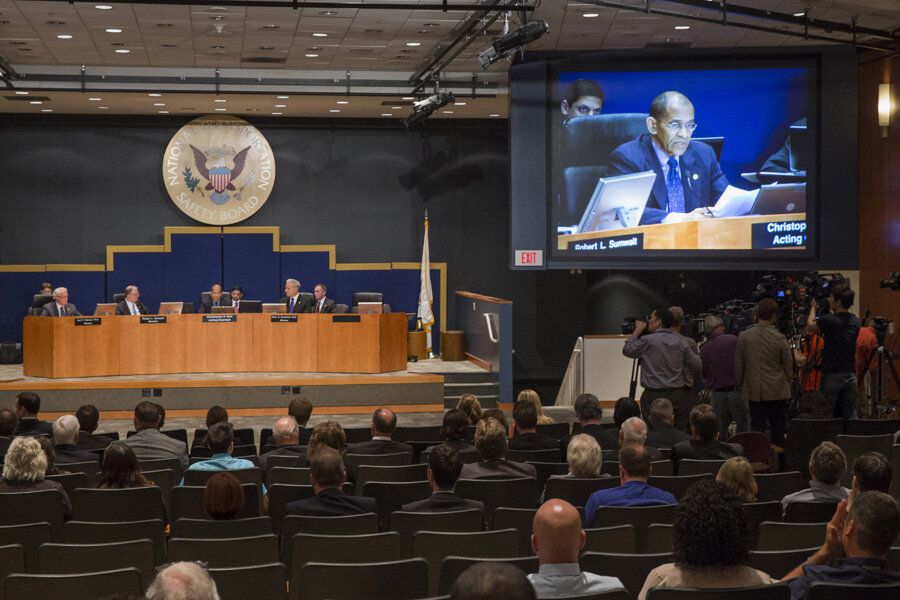NTSB: Asiana pilots to blame for crash in San Francisco
Loading...
| Washington
Mismanagement by the pilots of Asiana Flight 214, including confusion over whether one of the airliner's key controls was maintaining airspeed, caused the plane to crash while landing in San Francisco last year, the National Transportation Safety Board concluded Tuesday.
But the board also faulted the complexity of the Boeing 777's autothrottle, as well as training materials provided by the aircraft maker that fail to make clear under what conditions the automated system doesn't automatically maintain speed, saying they contributed to the accident.
And the board's acting chairman, Chris Hart, warned that the accident underscores a problem that has long troubled aviation regulators around the globe — that increasingly complicated automated aircraft controls designed to improve safety are also creating new opportunities for error.
The Asiana flight crew "over-relied on automated systems that they did not fully understand," Hart said.
"In their efforts to compensate for the unreliability of human performance, the designers of automated control systems have unwittingly created opportunities for new error types that can be even more serious than those they were seeking to avoid," he said.
The South Korea-based airline's pilot training also was faulted.
The irony of the accident is that it occurred at all. Three experienced pilots were in the cockpit on July 6, 2013. The 777 had one of the best safety records in the industry. And weather conditions that sunny day were near perfect.
But the plane, with 307 people on board, was too low and too slow during the landing attempt. Its tail struck a seawall and was ripped off. The rest of plane went spinning and sliding down the runway.
Despite the violence of the crash, only three people were killed. Two were Chinese teens seated in the back who weren't wearing their seatbelts and were thrown from the plane. Investigators said if they had been wearing the belts they would most likely have survived.
A third teen was hit on the head by one of the plane's doors but survived the crash. She was killed when, lying unconscious, she was run over by two rescue vehicles in the chaos afterward. Nearly 200 people were injured.







